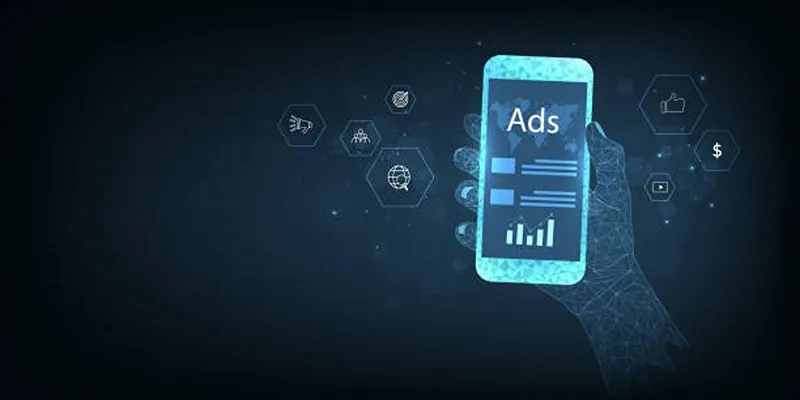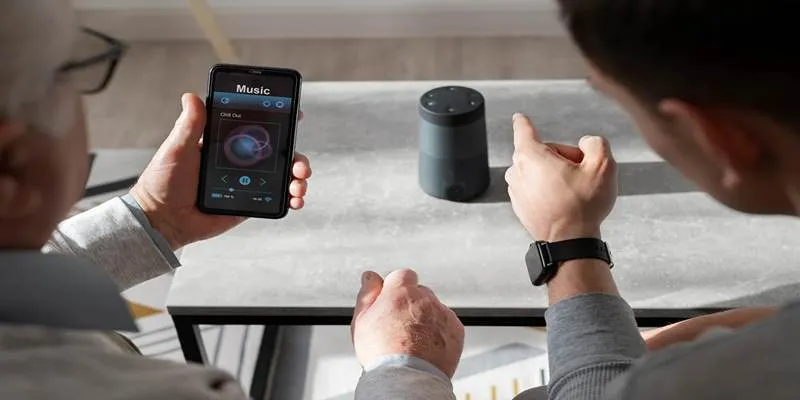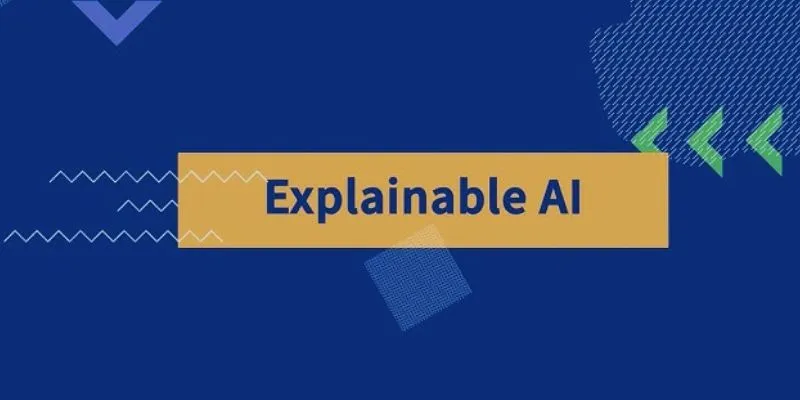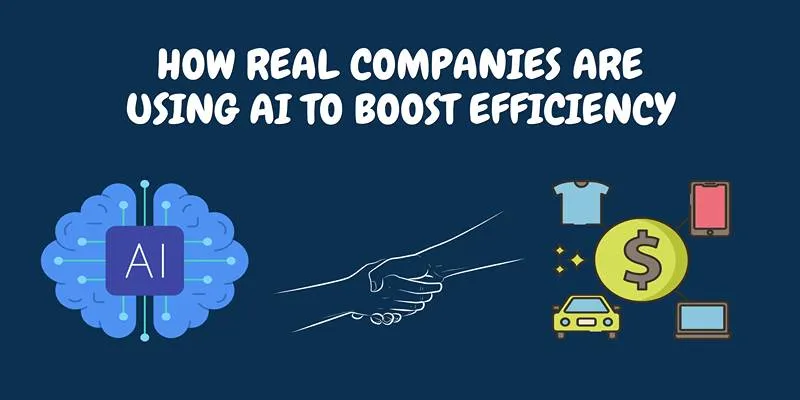Artificial Intelligence (AI) continues to evolve rapidly, extending beyond phones, computers, and smart homes to introduce a new frontier: automobiles. In a groundbreaking move, Mercedes-Benz has become the first automaker to integrate ChatGPT into its vehicles, combining conversational AI with real- world driving experiences. This advancement represents a significant leap not only in infotainment but also in how drivers interact with their cars.
With over 900,000 vehicles now eligible for the beta rollout of ChatGPT- powered voice control , Mercedes-Benz is signaling a potential industry shift—cars that not only drive but also engage in intuitive, helpful conversations with passengers.
Mercedes-Benz and ChatGPT: A New Type of Copilot
Mercedes-Benz is no stranger to innovation. With its MBUX (Mercedes-Benz User Experience) system already known for intuitive voice commands, the company is now expanding that capability by integrating ChatGPT into its voice assistant platform.
Initially available in the United States through a three-month beta program, this feature allows participating drivers to engage in conversations with ChatGPT while behind the wheel. The AI integration is designed to facilitate smoother, more natural interactions and handle a broader range of inquiries—not limited to vehicle-related questions.
How It Works: Voice-Activated AI Without the Distraction
This integration offers a unique hands-free experience. Drivers can activate the voice assistant using the familiar prompt: “Hey Mercedes,” followed by a request to join the beta program. Once enabled, ChatGPT becomes accessible through the MBUX system or via the Mercedes me mobile app , which syncs with the car.
The update is delivered over the air (OTA), meaning no dealership visit is required. Once installed, the voice assistant can hold full-fledged conversations with the driver, performing tasks beyond basic navigation or climate control.
Whether you’re asking for restaurant suggestions, travel advice, or help writing a quick message, ChatGPT responds in a conversational tone—transforming the vehicle into a mobile smart assistant rather than a traditional car.
What further enhances the user experience is ChatGPT’s seamless integration into the existing system. There’s no need for additional apps, external devices, or complex setup procedures. Once activated, the AI assistant operates natively within the MBUX interface, responding in real-time with low latency and minimal disruption. This ensures that the interaction feels organic and immediate, reducing cognitive load for the driver and reinforcing the brand’s vision of intelligent convenience on the move.
What ChatGPT Brings to the Driving Experience?

By embedding ChatGPT directly into the car’s native system, Mercedes-Benz is broadening the capabilities of in-car assistants. Here are a few features this integration offers:
- Conversational Clarity: ChatGPT handles complex and nuanced questions, providing responses that go beyond scripted voice commands.
- Task Automation: With plugin support, it may help with tasks like composing emails, managing calendar events, or retrieving ticket prices—all by voice.
- Driver Convenience: Interacting with AI without touching a screen enhances safety and convenience, especially during long trips or in unfamiliar locations.
- Expanded Knowledge: Unlike traditional assistants, ChatGPT draws on a broader knowledge base, making it more versatile for general inquiries.
- Contextual Memory Within Sessions: ChatGPT can maintain context during a conversation, allowing it to remember earlier dialogue for more coherent exchanges.
- Emotional Intelligence and Tone Adaptation: The AI adjusts its responses to match the conversation’s tone, offering more empathetic or professional replies.
- Multilingual Communication: ChatGPT can interact in multiple languages, promoting inclusivity and accessibility for a global user base.
- Accessibility Support: For individuals with physical limitations, ChatGPT’s voice-centric design offers a critical accessibility tool.
- Entertainment and Engagement: ChatGPT can provide engaging conversation, offer summaries of books or news articles, and explain complex topics.
In short, the in-car AI isn’t just there to change your music or reroute traffic; it’s there to hold a conversation, assist with productivity, and provide real-time information in a more human way.
Why This Matters: Beyond Entertainment

While this might seem like an upgrade to entertainment or convenience, the implications of this integration are profound. By connecting conversational AI to the driving experience , Mercedes-Benz is:
- Enhancing Safety: Voice interaction minimizes the need for physical interaction with screens or buttons, reducing driver distraction.
- Elevating In-Car Productivity: ChatGPT’s potential for handling tasks like scheduling, messaging, or generating content offers real productivity on the go.
- Setting a Benchmark: This move sets a precedent that could push the auto industry toward more intelligent, AI-powered vehicle ecosystems.
As cars become increasingly software-driven, features like these are likely to become key differentiators in customer experience and brand loyalty.
Conclusion
The integration of ChatGPT into Mercedes-Benz vehicles is more than just a novelty—it’s a step toward redefining how drivers interact with technology on the road. With natural language capabilities, personalized assistance, and over-the-air accessibility, this AI-powered voice assistant is bringing new intelligence to the driving experience.
As more automakers look to follow in Mercedes’ footsteps, we may be witnessing the early stages of a broader shift in automotive design—where your car becomes not just a vehicle but a helpful, intelligent companion on the road.
 zfn9
zfn9























